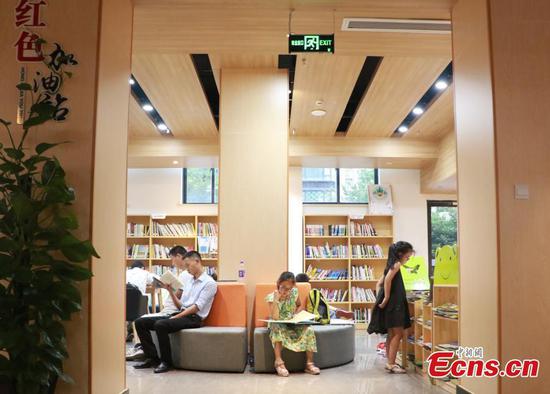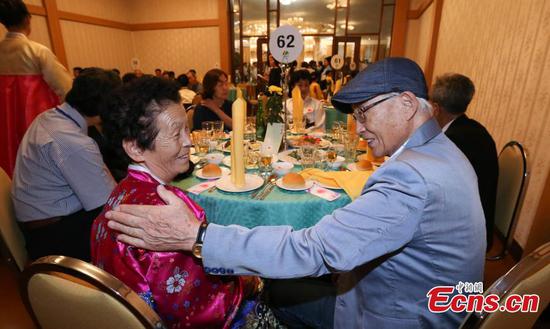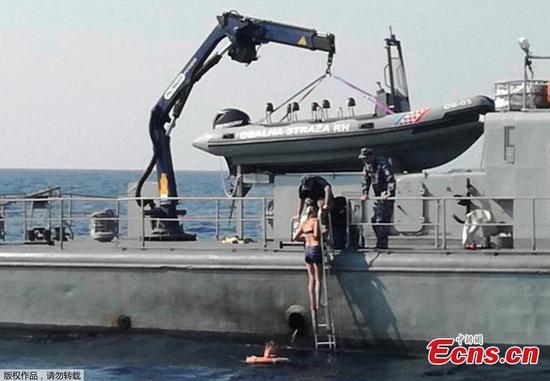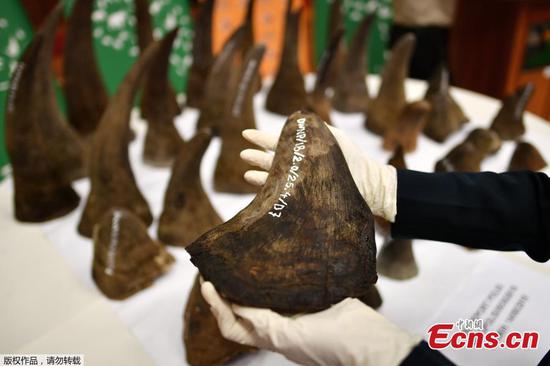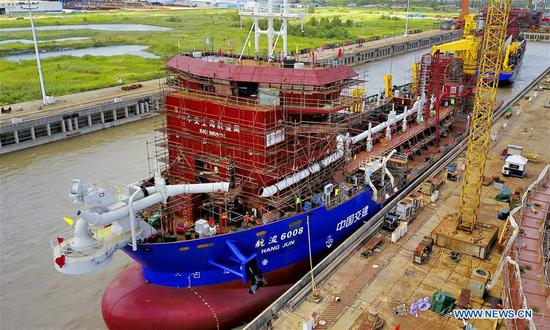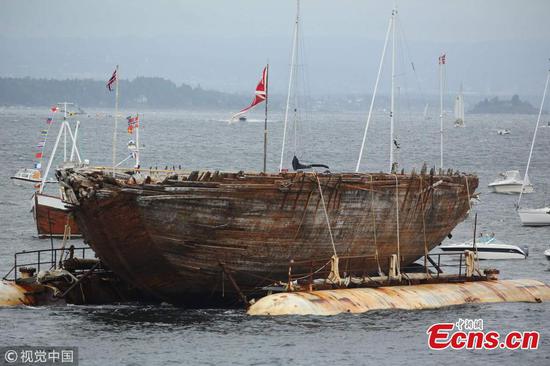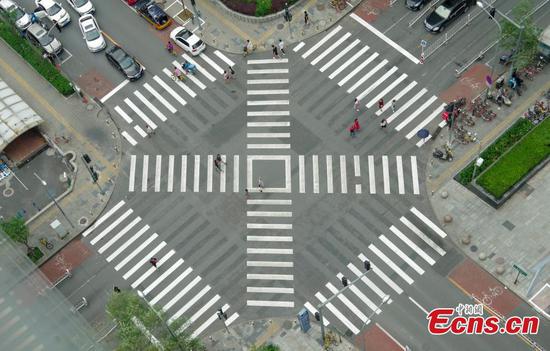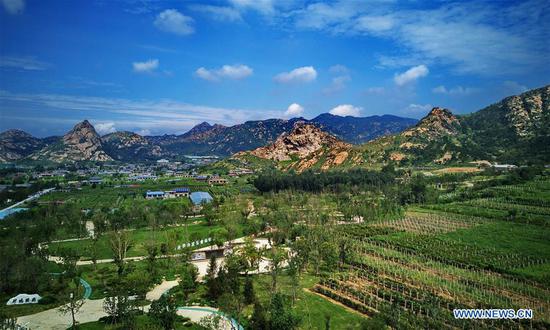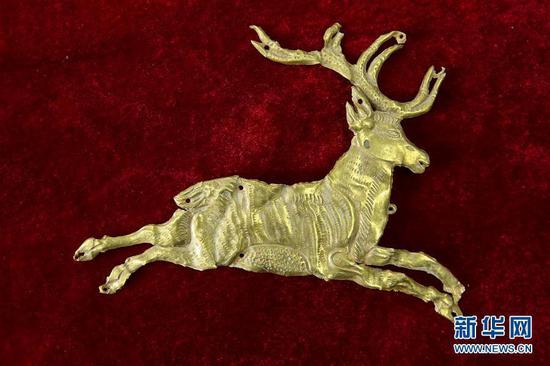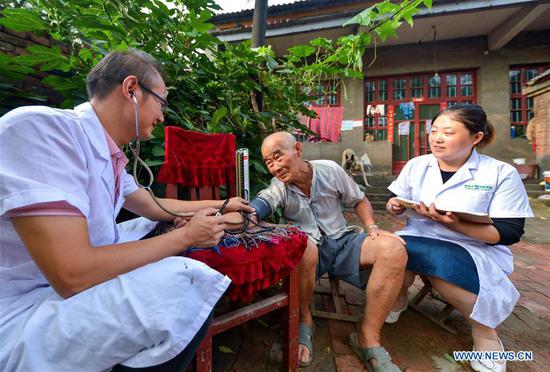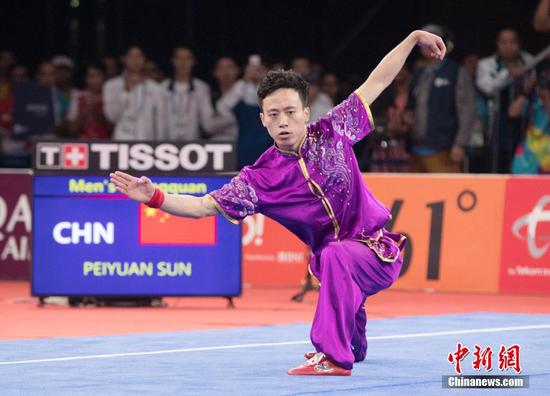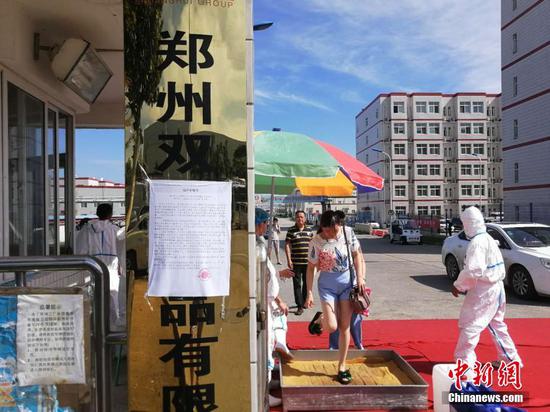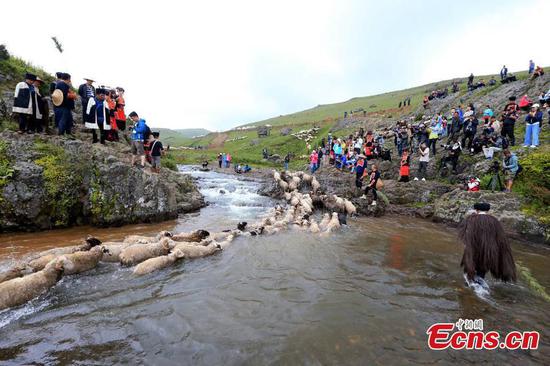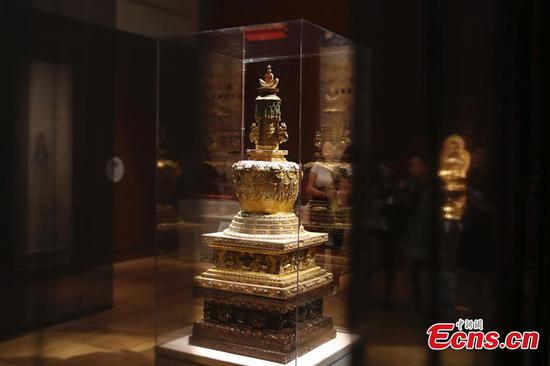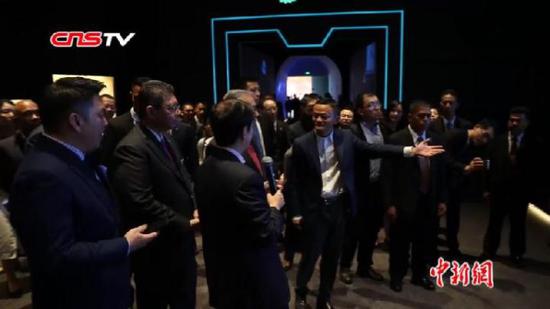Global luxury brands from Prada to LVMH are investing in China for the first time since a crackdown on conspicuous spending five years ago, focusing on smaller, less-developed cities even as the world's second-largest economy slows.
Increasing spend by cash-rich Chinese millennials, largely unhindered by a crackdown on corruption and extravagant spending, is prompting brands to revamp some stores and open new ones in second- and third-tier cities where luxury spending is growing faster.
These consumers, who account for 30 percent of the sector's China sales, are a demographic less sensitive to wider economic factors, executives said.
"There is the emergence in China of a very strong upper class or upper middle class," Jean-Paul Agon, chairman and CEO of cosmetics group L'Oreal, said. "The difference is that now millennials from this middle and middle upper class are absolutely not hesitant to buy luxury brands."
Often single children armed with family money, the 20-34 year-old demographic started buying luxury brands at a young age and they buy more frequently, splurging on everything from jewelry and fashion, to cosmetics and handbags, industry experts said.
Many millennials are also choosing to remain in the country's outlying provinces, shunning more expensive, larger cities such as Beijing and Shanghai, thanks to rapid industrialization and urbanization.
Where is the spending? "It is the post-90s, the young generation - definitely a young generation that spends money on luxury," said Shanghai-based Daniel Zipser, senior partner at McKinsey & Co.










